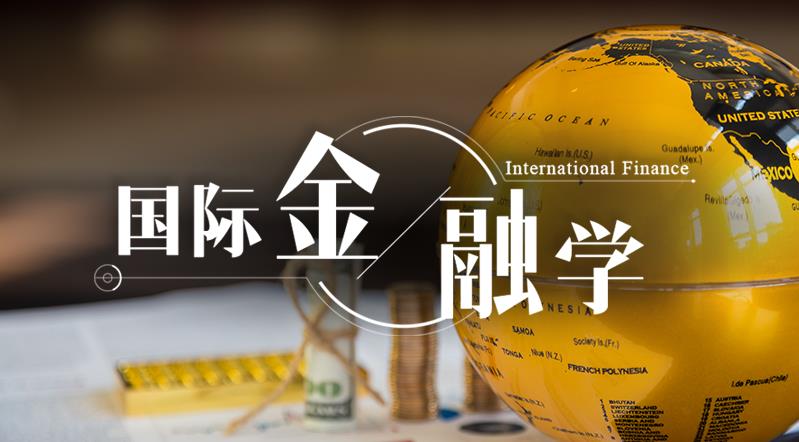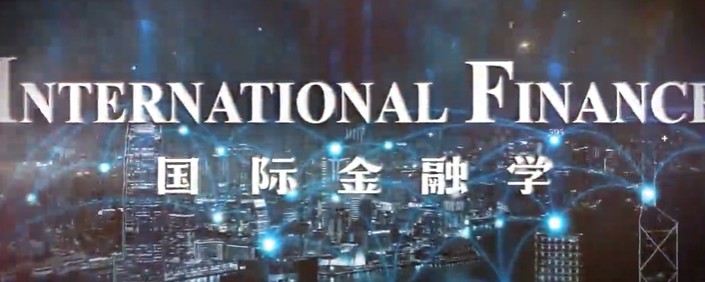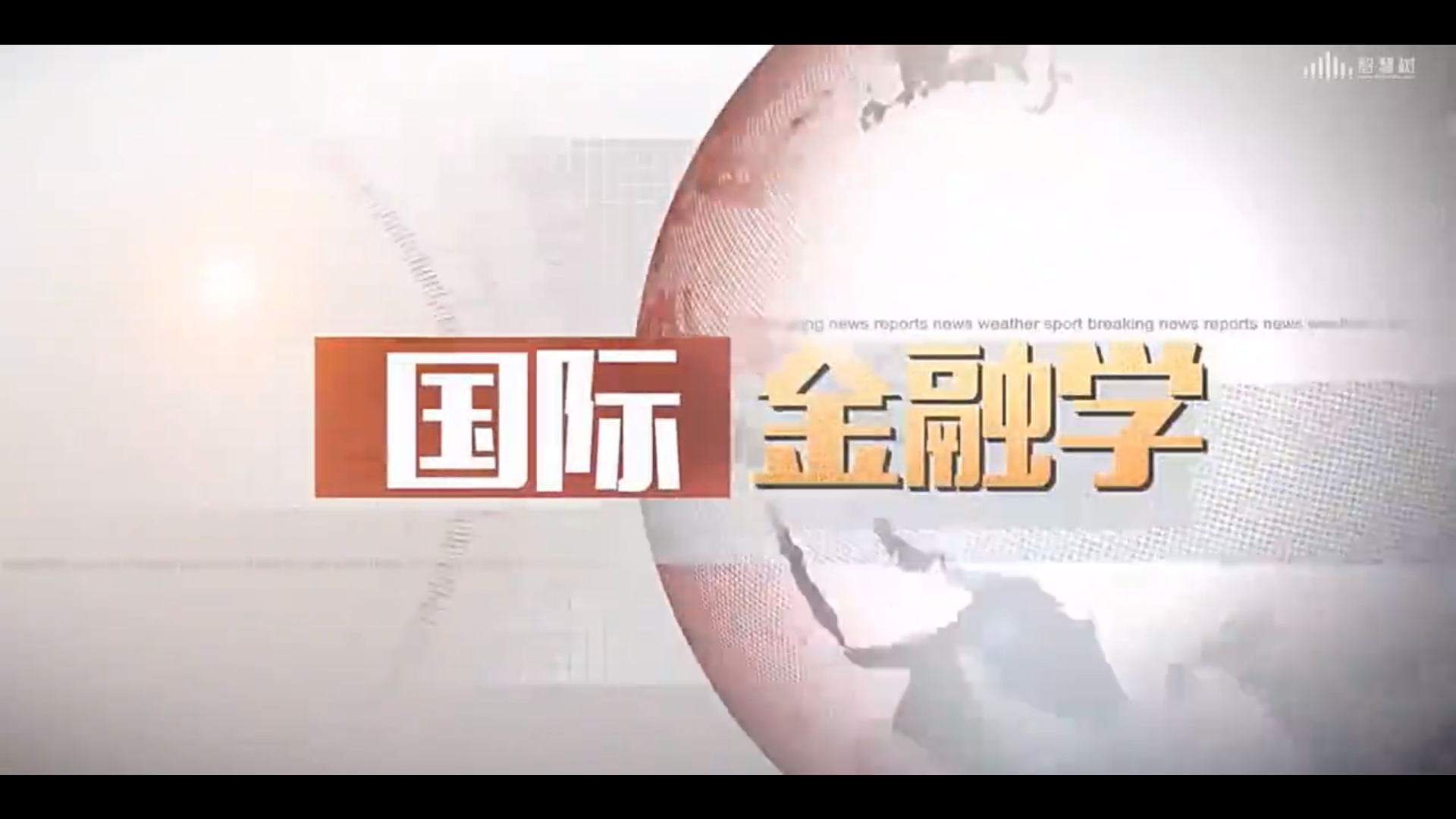第十章单元测试
- By internal balance, most economists mean ______. ( )
- By external balance, most economists mean______. ( )
- A current account deficit ______. ( )
- Governments prefer to avoid excessive current account surpluses because______. ( )
- Under the price-specie-flow mechanism, what happens when, say, Germany's current account surplus is greater than its non-reserve capital account deficits? ( )
- The "rules of the game" under the gold standard can best be described as which of the following: ( )
- The main policy goal for a country according to the mercantilists is _____. ( )
- Until the United States Civil War, The Unites States had a ______. ( )
- The price-specie-flow mechanism _______. ( )
- A policy of "beggar-thy-neighbor" is a policy that_______. ( )
- A convertible currency is a currency that may be freely exchanged for______. ( )
- Under the gold standard era of 1870-1914, ______was the center of the international monetary system. ____
- Explain how a country with a current account surplus is a ripe candidate for currency revaluation.
- A devaluation of the home currency______. ( )
- An expenditure-changing policy_______. ( )
- What is the difference between an expenditure-changing policy and an expenditure-switching policy?
- Answer the following questions under a fixed exchange rate regime.
(a) Assume that R denotes the domestic interest rate and R* denotes the foreign interest rate. Under a fixed exchange rate what is the relation between R and R*
(b) Assume E denotes the domestic currency price of the dollar for a country which is not the United States. If one wants to analyze only the short run effects of a policy, what does one assume about the Home and Foreign price levels, P and P, respectively.
(c) Assume that there is no ongoing balance of payment crisis. What is this assumption really assume?
(d) Assume a fixed exchange rate system. What does this tell you about E?
(e) Under the above assumptions what are the conditions for internal balance?
(f) How is your answer to Part D above would change if P is unstable due to foreign inflation.
(g) Given the definitions above, how one defines the real exchange rate?
(h) Write the condition for internal balance.
(i) Define the variable not defined before in Part G above.
(j) Using the equation for internal balance derived above, given our assumptions analyze the effects of a fiscal expansion.
(k) What would happen if the government of that country, which is not the United States under Bretton Woods, decides to devaluate its currency?
(l) What would happen if the government of that country, which is not the United States under Bretton Woods, decides to use monetary policy rather than fiscal policy?
(m) Given all of the above, what is the relation between the exchange rate, E, and fiscal ease, i.e., an increase in G or a reduction in T?
(n) Assume that the economy is at internal balance. What will happen if G goes up for a given level of E?
(o) Assume that the economy is at internal balance. What will happen if G goes down for a given level of E? - Using the II-XX framework, show using a figure that fiscal policies by themselves cannot bring the economy to both internal and external balances.
- The confidence problem of the Bretton Woods systems articulated by Robert Triffin refers to______. ( )
- Advocates of floating rate suggested it is favorable for economies for all of the following reasons EXCEPT______. ( )
- Advocates of flexible exchange rates claim that under flexible exchange rates______. ( )
- Advocates of flexible exchange rates claim that under flexible exchange rates, a currency_______. ( )
- Federal Reserve Chairman Volcker's policy to fight inflation_______. ( )
- The DD schedule shows_______. ( )
- The AA schedule shows________. ( )
- Under fixed exchange rate, the response of an economy to a temporary fall in foreign demand for its exports is______. ( )
- Under the flexible exchange rate, lowering the price of a foreign currency will______. ( )
- The mechanism behind the inflation insulation provided by a floating exchange rate is____.( )
- Use the DD-AA model to examine and compare the response of an economy under fixed and floating exchange rate to a permanent fall in foreign demand for its exports.
- Under a flexible exchange rate regime, an increase in real money demand______. ( )
- In the case of a domestic monetary shock, floating exchange rates_______. ( )
- Due to macroeconomics interdependence between large countries, the effect of a permanent monetary policy expansion by Home is as follows: Home output_______. ( )
- Under a gold standard, countries control ______. ( )
Refer to the graph above, which shows the effect of ________ on the home economy.()
A:full employment and high disposable income
B:full employment
C:full employment and price stability
D:price stability
答案:full employment and price stability
A:imbalance in internal transactions
B:what amounts to fixed exchange rates
C:avoiding excessive imbalances in international payments
D:balance between the trade and service accounts
A:will pose a problem because the country is borrowing funds from the rest of the world that it won't be able to pay back later.
B:may still pose a problem, even if the borrowed funds are channeled into productive domestic investment projects.
C:may pose no problem if the borrowed funds are channeled into productive domestic investment projects that pay for themselves with the revenue they generate in the future.
D:will not pose a problem, especially if it is accompanied by an expansionary fiscal policy.
A:an addition to the home capital stock may reduce domestic unemployment and therefore lead to higher national income.
B:domestic savings increase with more investment abroad.
C:an addition to the home capital stock may increase domestic unemployment and therefore lead to higher national income.
D:the returns to domestic savings are more difficult to tax than those on assets abroad.
A:Germany will experience a deficit
B:Gold reserves will flow into Germany
C:Automatic drop in German domestic prices and rise in foreign prices
D:German loans will finance all foreign net imports
A:selling domestic assets in a deficit and buying assets in a surplus
B:selling domestic assets in a surplus
C:selling foreign assets in a deficit and buying foreign assets in a surplus
D:slowing down the automatic adjustments processes inherent in the gold standard
E:selling domestic assets in order to accumulate gold
A:to create a one-time deficit in the balance of payments.
B:to create specie overflows.
C:to create a continuing surplus in the balance of payments.
D:to create a continuing deficit in the balance of payments.
A:bimetallic monetary standard consisting of silver and gold.
B:gold-based monetary standard.
C:bimetallic monetary standard consisting of copper and gold.
D:silver-based monetary standard.
A:is an automatic mechanism for assuring external balance under floating exchange rates.
B:is an automatic mechanism for assuring internal balance under mercantilism.
C:is an automatic mechanism for assuring external balance under the gold standard.
D:is an automatic mechanism for assuring internal balance under floating exchange rates.
A:often benefits the home country in the long run
B:often benefits the foreign country in the long run
C:does not often benefits any country in the long run
D:often benefits foreign country in the short run
A:only silver.
B:national currency.
C:only copper.
D:foreign currencies.
A:increases demand for domestic goods and services.
B:makes domestic goods and services more expensive relative to those sold abroad.
C:increases output and makes domestic goods and services cheaper relative to those sold abroad.
D:makes foreign goods and services cheaper relative to those sold at home.
A:alters the level of the economy's total demand for goods and services.
B:alters the direction of the economy's total demand for goods and services.
C:affects aggregate supply but not aggregate demand.
D:has no effect on aggregate demand.
A:producer fear of rising wages.
B:the unwillingness of central banks to accumulate currency for fear of not being able to convert it to gold in case a run on the banks occurs.
C:the lack of convertibility of gold into silver.
D:consumer fear of stock market instability.
A:it gives every country the opportunity to guide its own monetary conditions at home.
B:it helps stabilize the shock effect on unemployment in case of economic changes such as fall in export demand.
C:it brings the LR exchange rate to the level predicted by PPP without government policy decisions.
D:it automatically matches the domestic inflation with ongoing foreign inflation.
A:flexible exchange rates are not able to halt importing inflation from abroad.
B:flexible exchange rates are not able to halt importing deflation from abroad.
C:no country would be forced to import only deflation from abroad.
D:no country would be forced to import inflation and deflation from abroad.
A:depreciation caused by increasing the money supply would reduce unemployment by increasing the relative price of domestic products.
B:depreciation caused by increasing the money supply would reduce unemployment by lowering the relative price of domestic products.
C:depreciation caused by increasing the money supply would increase unemployment by lowering the relative price of domestic products.
D:depreciation cause by decreasing the money supply would not effect unemployment, but would increase the relative price of domestic products.
A:led to the 1981-1983 recession, but was ultimately successful.
B:was perfectly complemented by Reagan's decrease in fiscal spending.
C:led to the 1981-1983 recession, but did not end high inflation due to beggar-thy-neighbor effects.
D:led to the 1981-1983 recession and foretold the economic downturn in the mid-1990s.
A:exchange rate and output pairs for which aggregate demand equals aggregate output.2
B:interest rate and output pairs for which aggregate demand equals aggregate output.
C:interest rate and output pairs for which aggregate supply equals aggregate output.
D:exchange rate and output pairs for which aggregate demand is greater than aggregate output.
A:Exchange rate and output pairs at which only the foreign exchange market is in equilibrium.
B:Interest rate and output pairs at which only the foreign exchange market is in equilibrium.
C:Exchange rate and output pairs at which the foreign exchange market and the domestic money market are in equilibrium.
D:Interest rate and output pairs at which the foreign exchange market and the domestic money market are in equilibrium.
A:the currency remains the same, and output decreases.
B:the currency depreciates, and output remains constant.
C:the currency appreciates, and output falls.
D:the currency depreciates, and output falls.
A:cause a "beggar-thy-neighbor" effect.
B:cause a home price increase to be exported to the foreign markets.
C:allow the expansion of monetary policy without causing inflation.
D:prevent a foreign price increase from causing deflation at home.
A:Purchasing Power Parity.
B:tight monetary policy.
C:market speculation.
D:a fixed AA curve.
A:moves the AA curve to the left.
B:moves the DD curve to the right.
C:leaves the AA curve unchanged.
D:moves the DD curve to the left.
A:would not affect the home economy.
B:make the foreign economy more vulnerable.
C:make the home economy less vulnerable.
D:make the home economy more vulnerable.
A:falls, Home's currency appreciates, and Foreign output may rise or fall.
B:rises, Home's currency depreciates, and Foreign output rises.
C:falls, Home's currency depreciates, and Foreign output may rise or fall.
D:rises, Home's currency depreciates, and Foreign output may rise or fall.
A:international capital movements.
B:its flexible exchange rate.
C:foreign inflationary policies.
D:monetary policy oriented toward domestic goals.
A:foreign recession B:domestic inflation C:foreign inflation D:foreign deflation
温馨提示支付 ¥3.00 元后可查看付费内容,请先翻页预览!




